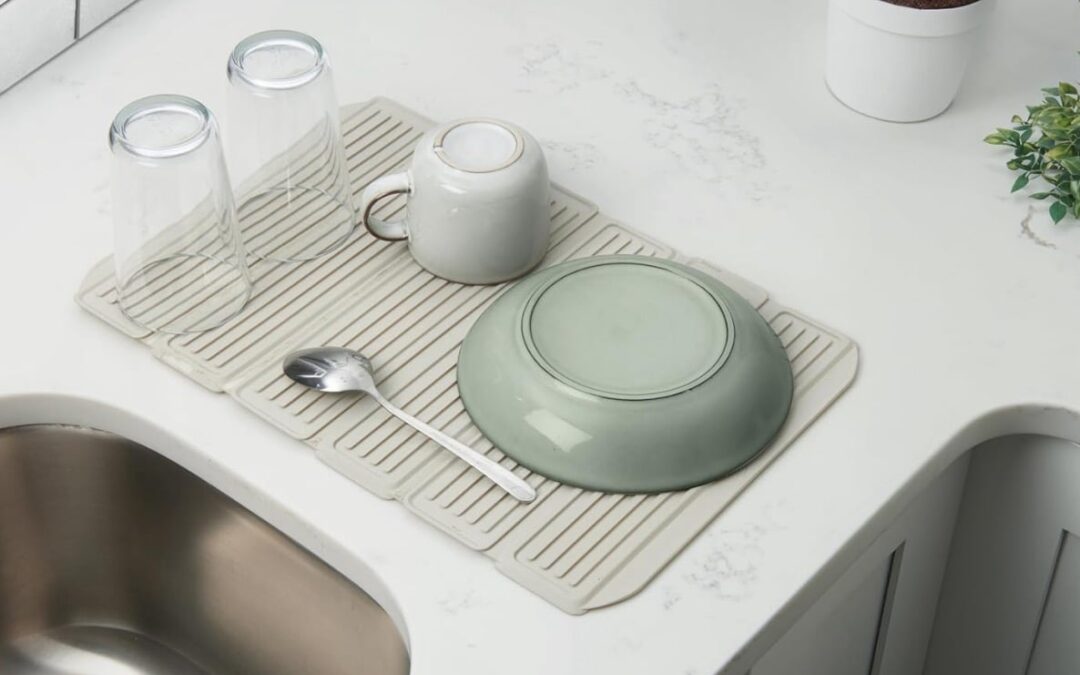In today’s competitive market, creating a high-quality product is no longer enough. The success of any final product in-hand is heavily influenced by how users interact with it, and this is where User Experience (UX) design comes into play.
A well-executed UX design not only enhances customer satisfaction but also boosts brand loyalty and drives growth. Here’s why compelling product design is essential for your brand, especially when launching a new product or improving an existing one.
What is UX Design?
UX design is the process of designing a product that provides a meaningful, frictionless and deeply enjoyable experience to the user. It goes beyond how a product looks, focusing on how it works, feels, and serves its purpose. A UX designer considers the entire journey that a user takes while interacting with a product, aiming to make it intuitive, seamless, and satisfying.
This design discipline is not confined to digital products like websites or apps. Physical products also benefit greatly from UX design, whether it’s the ergonomics of a handheld device or the ease of use of a kitchen appliance.

Why UX Design Matters for Your Brand
Enhances Customer Satisfaction
A positive user experience can be the difference between a product that users love and one that gathers dust on the shelf. When users find a product easy and enjoyable to use, they are more likely to return to it and recommend it to others. This leads to higher customer satisfaction, more repeat purchases, and organic growth through word-of-mouth referrals.
Drives Brand Loyalty
Products with superior UX design make users feel like they were created specifically for them. This personal connection fosters loyalty, as customers are more likely to stick with a brand that offers a consistently great experience. Over time, brand loyalty translates into higher customer retention rates and long-term revenue growth.
Minimizes Product Failures
Poorly designed products often lead to frustration, negative reviews, and high return rates. By investing in UX design upfront, brands can ensure that potential usability issues are identified and resolved early in the development process. This reduces the risk of product failure and the costs associated with product recalls or redesigns.
Creates a Competitive Edge
In a saturated market, standing out from the competition can be tough. UX design gives your brand an edge by ensuring that your product doesn’t just look good but also works seamlessly in the real world. Products that are intuitive and user-friendly are more likely to outperform competitors, capturing the attention and loyalty of consumers.
How to Incorporate UX Design Into Product Development
Understand Your Users
The foundation of UX design is a deep understanding of your target audience. What are their needs, preferences, and pain points? Through user research methods such as surveys, interviews, and field studies, you can gather insights that will guide your design process.
Create Prototypes and Test Early
Prototyping allows you to test how your product works before committing to full-scale production. This is an essential step in identifying usability issues and refining the user experience. The earlier you test your product with real users, the better your chances of delivering a successful final product.
Iterate Based on Feedback
UX design is not a one-time effort. It involves continuous improvement based on feedback from users. After launching your product, gather feedback from customers and make necessary adjustments to optimize the user experience
Elevate Your Brand with UX Design
Incorporating UX design into your product development process is no longer optional – it’s a must. Whether you’re launching a new product or improving an existing one, UX design can elevate your brand by enhancing customer satisfaction, fostering loyalty, and minimizing risks. By prioritizing the user experience, you’re setting your product and your brand up for long-term success.
Interested? We’d love to work with you. Say hello right here.

Hi, this is a comment.
To get started with moderating, editing, and deleting comments, please visit the Comments screen in the dashboard.
Commenter avatars come from Gravatar.